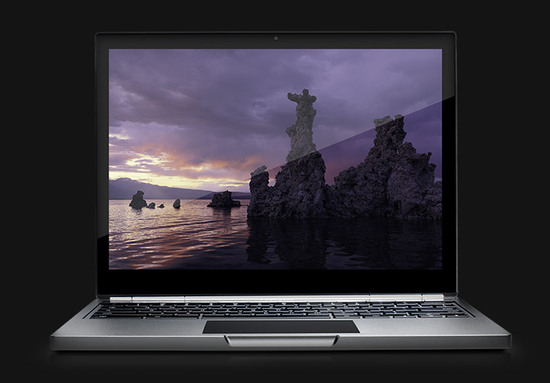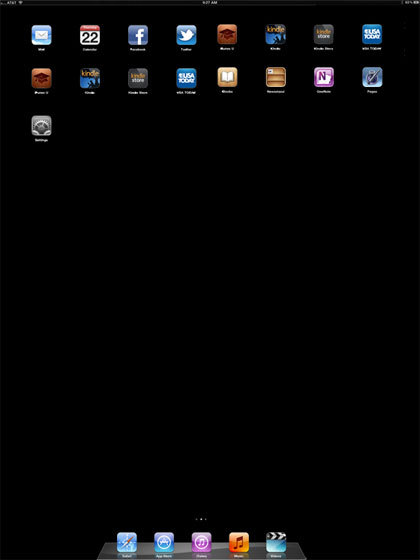Chromebook Pixel: Pixel density matters and Microsoft should pay attention
Today Google announced the Chromebook Pixel, the first Google-branded laptop to feature a massively pixel-dense display. There has been much backlash to the launch, mostly around the price and design that is somewhat reminiscent of the HP Elitebook.
The device is very expensive, I won’t disagree, but that’s because parts like this are not mainstream or even used much outside of Apple’s hardware. Despite the price, the Chromebook Pixel is important because it shows that Google understands the direction that things should be going in.
It amazes me that we’re now in 2013, Microsoft has recently released a new version of Windows and we still don’t have high pixel density hardware hitting the market for PC’s, nor does Windows 8 even support it properly.
Yes, Windows 8 “supports” these kinds of screens, but no, it doesn’t do it very well on the desktop. More pixels means sharper images/text, making using screens for a long time much easier on the eyes and more comfortable to use. Not only that, they’re very visually pleasing.
The technology might be only emerging now, as Apple put it into the first Retina notebook last year, but Microsoft still lacked the vision to actually do something about it, as did others in the PC hardware market. It was completely ignored, it seems. Microsoft has three hard-coded scaling methods for pixel dense displays, but it doesn’t work too well in practice. In fact, it pretty much makes everything unusably tiny.
Paul Thurott published a picture of what said scaling would look like on the iPad some time back (below), which was somewhat amusing.
Despite the crazy price, the Chromebook Pixel is progress. Movement towards newer types of screens is important, especially from vendors other than Apple. Hopefully, one day, screens with high pixel density will be the norm, and once it does, hardware like this comes down to a realistic price point. There are countless good reasons as to why users would prefer these kinds of displays, they likely just don’t know it yet.
Well, if Microsoft starts paying attention.

